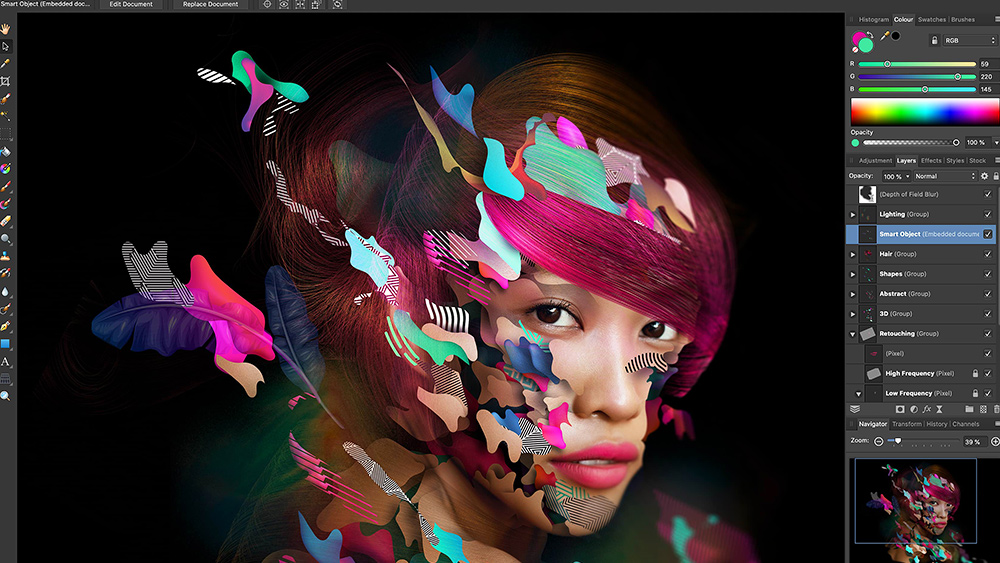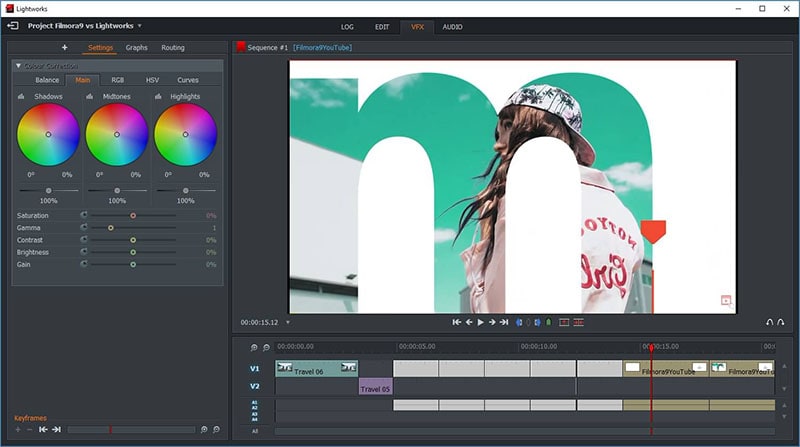

#Photot editing apps for mac software#
Like Adobe's programme, this is professional-standard software that many photographers use, especially those who work in a studio. You can use some of these editing tools on a web browser and the apps on this list are optimised to work on the go, but if you're managing a lot of images, you'll find you get the most out of them from a decent laptop.Ĭheck out our picks below for the best photo editing software, whether you're post-processing photos from your camera on your laptop or editing snaps on your phone.Ĭapture One is one of Lightroom's main competitors, a full-featured photo editor that offers effective sliders and "styles" to rival Lightroom's "presets". Many will also offer filters or presets to affect several image properties in one go. Some apps will let you change the appearance of individual colours specifically, and allow you to fine-tune the sharpness and clarity. You can alter contrast too, which may make an image more dramatic or more muted.Ĭolour control is expected too, and the saturation slider on any app will make colours pop or reduce them, while temperature controls how cool or warm the photo looks. As standard, you'll find you can tweak the overall exposure or brightness in the image, and darken or lighten the highlights (the brightest parts of an image) and the shadows (the darker bits in the frame). What to look out for in an editing appĮvery app or programme will provide you with a number of sliders to make your edits. And if you're really just getting started and mainly editing pictures for social media anyway, you can learn a lot on the Instagram app itself, which has a surprisingly good suite of editing tools. Avoid pushing any of the sliders in any editing app too far – a couple of tiny tweaks make a huge difference.

Shooting in raw is available on the majority of cameras and smartphones, but you may need to abandon the default camera app to do so.Ī general piece of advice is that you don't have to do much for a great result and those small and subtle adjustments go a long way. One thing that could really help is shooting your images in a "raw" format – this may sound like complex photography jargon but it really is just a larger file type that contains much more information, so you get more control over light and colours. Soon enough, you'll find styles you like, you'll be adding your artistic touch and making the image your own. There's a bit of a learning curve to any editing programme so take things step-by-step and try to find tutorials, tips and videos that you can follow online. You can make a lot more out of your photos than just slapping on an Instagram filter and leaving it at that.

Learning editing can be daunting but it's worth remembering that it's not only about the tools and sliders in any app – think about bringing out the mood and character of a scene, the colours you want to express, and the story you want to convey. Should you edit your photos?ĭon't shy away from editing your photos because you think they'll be "more authentic" if you go #nofilter – photography is an art form and enhancing images is one of the most essential steps in the process, dating back to the days of the first darkroom.
#Photot editing apps for mac pro#
It doesn't matter if you're taking photos with the latest Google Pixel, an iPhone from three years ago, a pro DSLR or a beginner mirrorless camera, editing your images after you've shot them is a great way to get creative and get more out of your pictures.


 0 kommentar(er)
0 kommentar(er)
